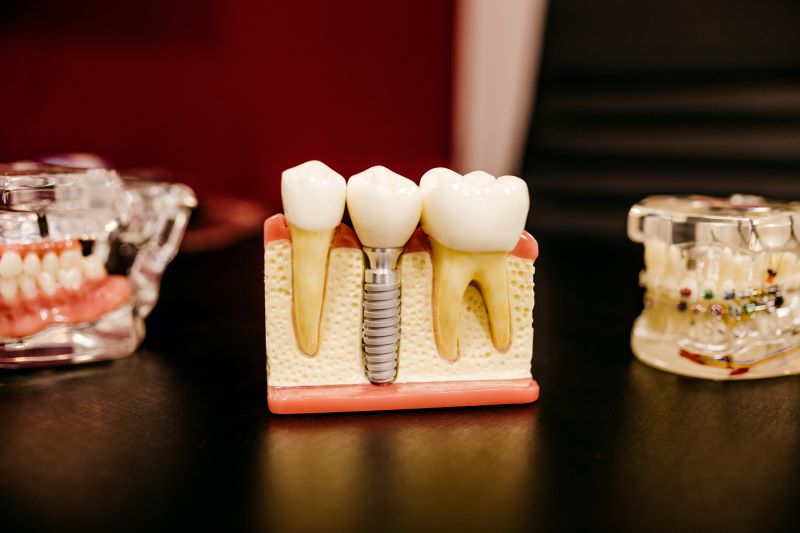What is dental restoration?
Your teeth can suffer structural loss for several reasons, whether it’s due to decay or external trauma. Whatever the case may be, direct and indirect dental restorations are treatments that restore the look and integrity of teeth. Both serve the same purpose but do so using different approaches.
Let's explore the different types of dental restorations at length.
Direct dental restorations (fillings)
Direct dental restorations involve stuffing the tooth with a soft filling, which sets and hardens, thereby restoring the teeth. Fillings are most commonly composed of silver amalgam or tooth-colored composite synthetic resin.
The advantage of this type of dental restoration is that it is not very time-consuming. It only takes one visit to the dentist to complete the whole process, and all of the work occurs within the mouth. Whether a filling is a viable restoration option depends on the severity of the tooth decay and its location.

Indirect dental restoration
Indirect dental restorations usually require more than one visit to the dentist and are far more complex than direct dental restorations. The reason they are called “indirect” is that all or part of the restoration may be fabricated in a lab, rather than within the mouth itself.
During the initial visit, impressions are taken and your dentist may complete some initial site prep. Temporary dental restorations may be applied to ensure there are no further damages to the teeth as the more permanent solution is being worked on. Once the dental restoration is done, it is cemented in the patient's mouth using a bonding paste during a follow-up visit.
Thanks to technological advances, indirect restorations can sometimes be completed in a single visit through computer-aided drafting and 3D modeling applications.
Crowns
In situations where the loss of tooth structure is too extensive to be patched with a filling, crowns provide your teeth with a replacement “cap” that is a replica of its original size and shape. Crowns are fused to the intact tooth structure with a powerful bonding agent.
Bridges
Bridges cover a gap created as a result of one or more missing teeth. They consist of one or more false teeth (pontics) supported by abutments in the form of existing teeth or dental implants.
Implants
Dental implants are crowns anchored into the jaw bone with a titanium screw. They function essentially like brand-new teeth.
Dentures
Dentures are prosthetic devices and are a combination of acrylic resin and metal attachments. There are two types, complete and partial. An individual can use full dentures when all the teeth are missing. On the other hand, partial or half dentures are used when an individual has some of his natural teeth remaining.

Which dental restoration type is suitable for me?
Direct restorations happen when the natural teeth of the patient are still healthy and strong enough to remain. However, to make filling possible, a dentist might scrape off some part of it to create room.
On the other hand, indirect restoration is necessary when external trauma or advanced decay has resulted in tooth loss. They involve a man-made dental solution to cover missing or damaged teeth.
In some cases, a patient may require a combination of both direct and indirect restoration treatments.
Preventive Dental Care with Sleep Dentistry Erie
If you haven't gone for a dental checkup for a while, now is the best time to do so! Regular checkups help detect conditions before they escalate, helping to reduce or eliminate the need for dental restorations in the first place. Play for keeps with Dr. Mahoney and his dedicated team of dental professionals!

